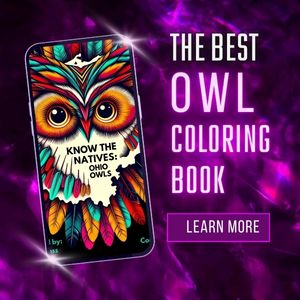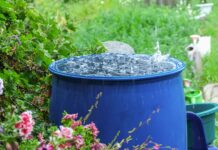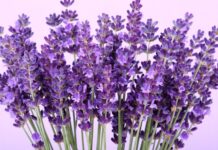Butterflies are not only beautiful additions to your garden but also essential pollinators that play a crucial role in our ecosystem. Creating a butterfly garden not only adds aesthetic value but also contributes to the health of local flora and fauna. Here are some tips for attracting pollinators, including butterflies, to your garden.
Importance of Native Perennials
Native plants are crucial for attracting local butterflies and other pollinators. They have evolved alongside native pollinators, providing the right kind of nectar, pollen, and habitat. Native perennials are particularly valuable as they come back year after year, ensuring a consistent food and habitat source for pollinators.
Selection of Plants
- Butterfly Bush (Buddleja davidii): Known for its fragrant flowers, the butterfly bush attracts various butterfly species with its abundant nectar.
- Milkweed (Asclepias): Essential for monarch butterflies, milkweed serves as a host plant for their larvae and provides nectar for adult butterflies.
- Lavender (Lavandula): Besides its aromatic appeal to humans, lavender attracts butterflies and bees with its rich nectar.
- Coneflowers (Echinacea): These colorful flowers are a favorite of butterflies, bees, and other pollinators due to their nectar-rich centers.
- Black-Eyed Susan (Rudbeckia hirta): A hardy perennial, black-eyed Susans attract butterflies, bees, and birds with their bright blooms.
- Bee Balm (Monarda): Also known as bergamot, bee balm attracts butterflies and hummingbirds with its vibrant flowers and aromatic foliage.
- Joe Pye Weed (Eutrochium purpureum): This tall perennial with clusters of pink flowers is a favorite of butterflies, especially swallowtails.
- Verbena (Verbena bonariensis): Tall verbena varieties like Verbena bonariensis are loved by butterflies for their abundant nectar and airy blooms.
- Aster (Symphyotrichum): Asters bloom late in the season, providing essential nectar for butterflies preparing for migration.
- Goldenrod (Solidago): Often wrongly blamed for allergies (it’s actually ragweed), goldenrod attracts butterflies and bees with its golden-yellow flowers.
Importance of Water Sources
In addition to nectar-rich flowers, providing water sources in your garden is crucial for pollinators. Shallow dishes with pebbles or rocks for landing spots, bird baths with shallow water, or a small pond can serve as drinking spots for butterflies and other pollinators. Ensure that the water source is regularly cleaned and filled to provide a continuous supply of fresh water.
Conclusion
Creating a butterfly garden not only adds beauty to your outdoor space but also supports vital pollinators. By selecting native perennials, providing nectar-rich flowers, and including water sources, you can create a welcoming habitat for butterflies and other pollinators, contributing to the health and diversity of your local ecosystem. Happy gardening!








